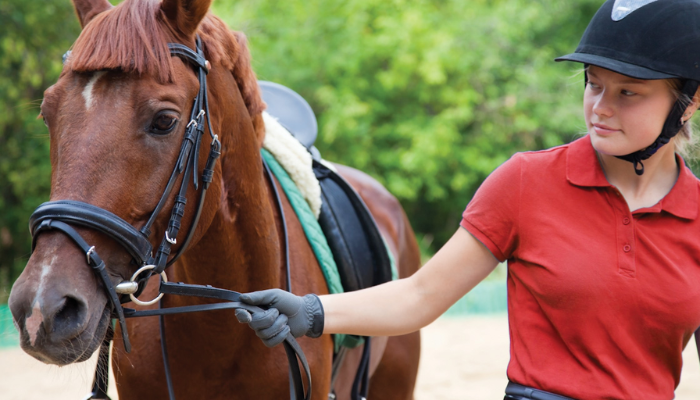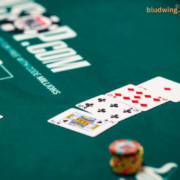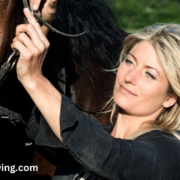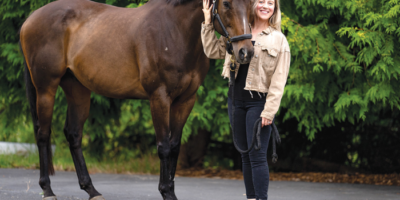Horseback riding, an age-old practice that has evolved over millennia, intertwines human history with the grace and power of the horse. From ancient warfare and transportation to contemporary sports and leisure activities, the story of horseback riding is a testament to the enduring bond between humans and horses. Explore a wide range of courses on casa design, architecture, and construction at CasaCourses. Enhance your skills and knowledge today!
Ancient Beginnings
The domestication of horses is believed to have occurred around 4000-3500 BCE on the steppes of Central Asia, in what is now modern-day Ukraine and Kazakhstan. Initially, horses were likely domesticated for their meat and milk. However, as early humans began to understand the strength and speed of these animals, they transitioned into using them for transportation and labor.
The earliest evidence of horseback riding comes from the Botai culture in Kazakhstan, around 3500 BCE. Archaeological findings, such as bit wear on horse teeth, indicate that these early riders used simple bridles. The adoption of horseback riding revolutionized human mobility, allowing for faster travel and communication across vast distances.
Horses in Warfare
One of the most significant impacts of horseback riding was its introduction to warfare. Chariots, drawn by horses, first appeared around 2000 BCE in Mesopotamia and soon spread to other ancient civilizations, including Egypt, India, and China. These early war machines provided a significant tactical advantage on the battlefield.
By the time of the Iron Age, around 1200 BCE, cavalry units began to emerge, with soldiers riding horses into battle. The Scythians, a nomadic people from the Eurasian steppes, are often credited with developing advanced horseback riding techniques and warfare strategies. Their influence spread across Asia and into Europe, fundamentally changing military tactics.
Medieval and Renaissance Equestrianism
The medieval period saw the rise of the knight, heavily armored soldiers who fought on horseback. The introduction of the stirrup, which provided riders with greater stability and control, was a pivotal development in this era. Knights participated in jousts and tournaments, which were both martial training and public spectacle.
During the Renaissance, equestrianism became an art form. The Italian nobleman Federico Grisone published the first book on dressage, “The Rules of Riding,” in 1550, laying the groundwork for modern equestrian disciplines. The Spanish Riding School in Vienna, established in 1572, further refined classical dressage techniques that are still practiced today.
Colonial and Modern Transformations
The age of exploration and colonization brought horses to the Americas, where they profoundly impacted indigenous cultures. In North America, the Plains tribes, such as the Comanche and Sioux, became renowned horsemen, using horses for hunting, travel, and warfare.
The 18th and 19th centuries saw the development of various horse breeds, tailored for specific tasks, from the speedy Thoroughbred for racing to the sturdy Clydesdale for heavy labor. Horse racing became a popular sport, with the establishment of famous events such as the Kentucky Derby in 1875.
In the modern era, horseback riding has diversified into numerous equestrian sports. Dressage, show jumping, and eventing are Olympic disciplines that showcase the precision, athleticism, and partnership between horse and rider. Other popular equestrian activities include polo, rodeo, and endurance riding.
The Cultural Impact of Horseback Riding
Beyond sports, horseback riding has left an indelible mark on art, literature, and popular culture. Horses have been immortalized in countless works, from the ancient Parthenon friezes to the novels of Anna Sewell and Marguerite Henry. The symbolism of the horse often represents freedom, strength, and nobility.
Today, horseback riding continues to be a cherished activity worldwide. It offers therapeutic benefits through equine-assisted therapy programs and remains a beloved pastime for many enthusiasts. The evolution of horseback riding, from ancient utility to modern sport, reflects the enduring connection and mutual respect between humans and horses.
Conclusion
The history of horseback riding is a rich tapestry woven with threads of warfare, art, sport, and companionship. As we look to the future, the legacy of this ancient practice endures, celebrating the unique bond that has shaped human civilization for thousands of years.


















Comments